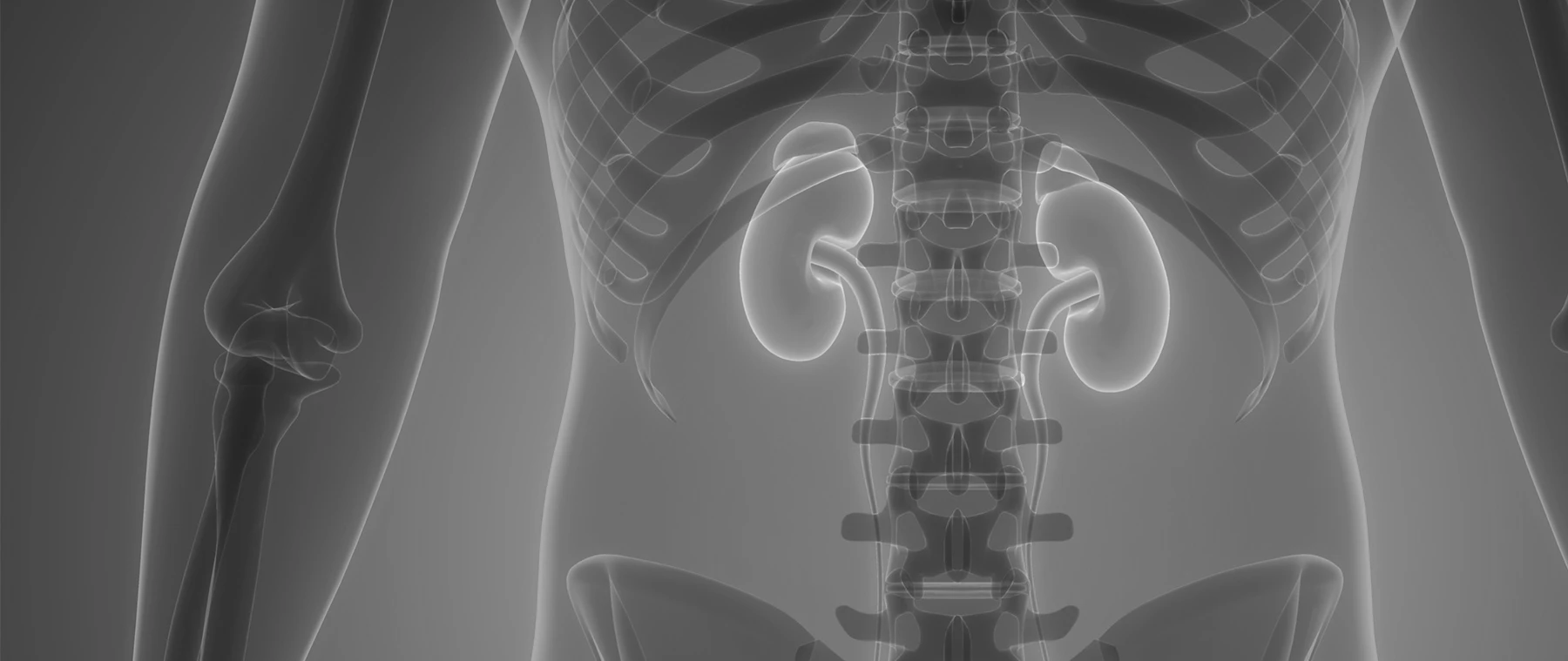What to expect
Bring any paperwork associated with stents or metal that were placed in your body
- Less invasive method than the traditional catheter.
- Uses MRI equipment and a contrast dye to create detailed images of the urinary tract.
Less-Invasive Test Successfully Locates Obstructions
Urinary tract conditions can be both painful and a threat to long-term health. To diagnose them and to plan further treatment, doctors often need to examine the kidneys, bladder, the ureter ducts that connect those organs, and blood vessels in that part of the body.
The MR Urography Procedure
- Traditionally, this has often involved a test called catheter arteriography. A plastic catheter is threaded into an artery, a contrast material is injected through the tube, and images are captured using X-rays.
- At Main Street Radiology, we often use a less invasive method. Magnetic resonance urography (MRU) uses MRI equipment and a contrast dye to create detailed images of the urinary tract.
- To the best of our knowledge, we are the only facility in Queens performing MR urography. Superior equipment and highly trained personnel enable us to perform procedures that are traditionally available only at major academic-affiliated facilities.
Case History: Ultrasound and CT exams on a 60-year-old female with left flank pain revealed moderate left hydronephrosis without calculus. A left-side retrograde pyelogram was performed by a urologist (Figure 1), which revealed moderate hydronephrosis and normal caliber left ureter, compatible with ureteropelvic junction (UPJ) obstruction. The patient was then referred to Main Street Radiology for magnetic resonance angiogram (MRA) of the renal arteries as well as an MR urogram.
Technique: Gadolinium-enhanced MRA of the renal arteries is first performed utilizing a 3D breath-hold sequence during the dynamic injection of contrast utilizing a power injector. 10 mg of furosemide is injected with the MR contrast to facilitate excretion and to achieve uniform distribution of contrast in the urinary tract. MR urography images are also obtained utilizing a 3D breath-hold sequence, approximately two minutes following the administration of contrast.

Figure 1

Figure 2

Figure 3
Findings: On the MR urographic image (Figure 2), findings of left UPJ obstruction are visualized. Incidental note of a small and scarred right kidney is made. An oblique image from the MRA (Figure 3) demonstrates early branching of the main renal artery with the inferior branch (arrow) crossing the expected location of the obstruction.
Discussion: There are numerous causes of UPJ obstruction, including calculus, tumor, crossing vessel, and congenital/inflammatory stricture. When calculus and tumor are excluded with CT and retrograde pyelogram, and corrective surgical procedure is planned, the presence of a crossing vessel should be determined prior to intervention. Traditionally, conventional catheter arteriography was performed; however, with the advent of gadolinium-enhanced MRA, vascular anatomy can be imaged without performing an invasive procedure. An excretory MR urogram can be obtained on the same scan, which is analogous to a conventional IVP, providing anatomical correlation with the urinary tract.
In studying the urinary tract, MR urography has been utilized as an alternative to conventional IVP for patients who cannot receive iodinated contrast due to allergy or renal insufficiency. Non-nephrotoxic gadolinium is used for MR urography. The accuracy in detecting the site of obstruction has been reported to be greater than 99%.
Already Scheduled for An MRI?
Already Scheduled for An MRI?
Learn how to prep for your medical procedure.
Five convenient locations
Schedule an Appointment
Online
Fill out this form and we'll contact you as soon as possible. Please do not include any personal or financial information when using this form.
By Phone
Call or text to schedule an appointment. You may text us any required information (name, date of birth, and a picture of your prescription.) and a scheduling representative will be in touch.
- Call Us: (718) 428-1500
- Text Us: (929) 430-2761
HOURS
Monday-Friday: 8 a.m. to 8 p.m
Saturday: 8 a.m. to 4 p.m.
Sunday: 8 a.m. to 2 p.m. (Flushing Office Only)

